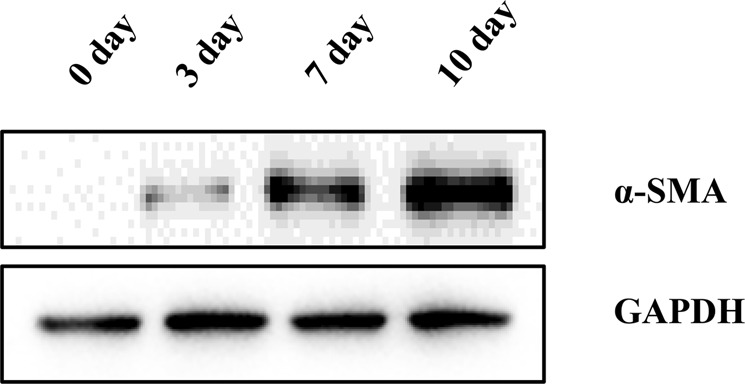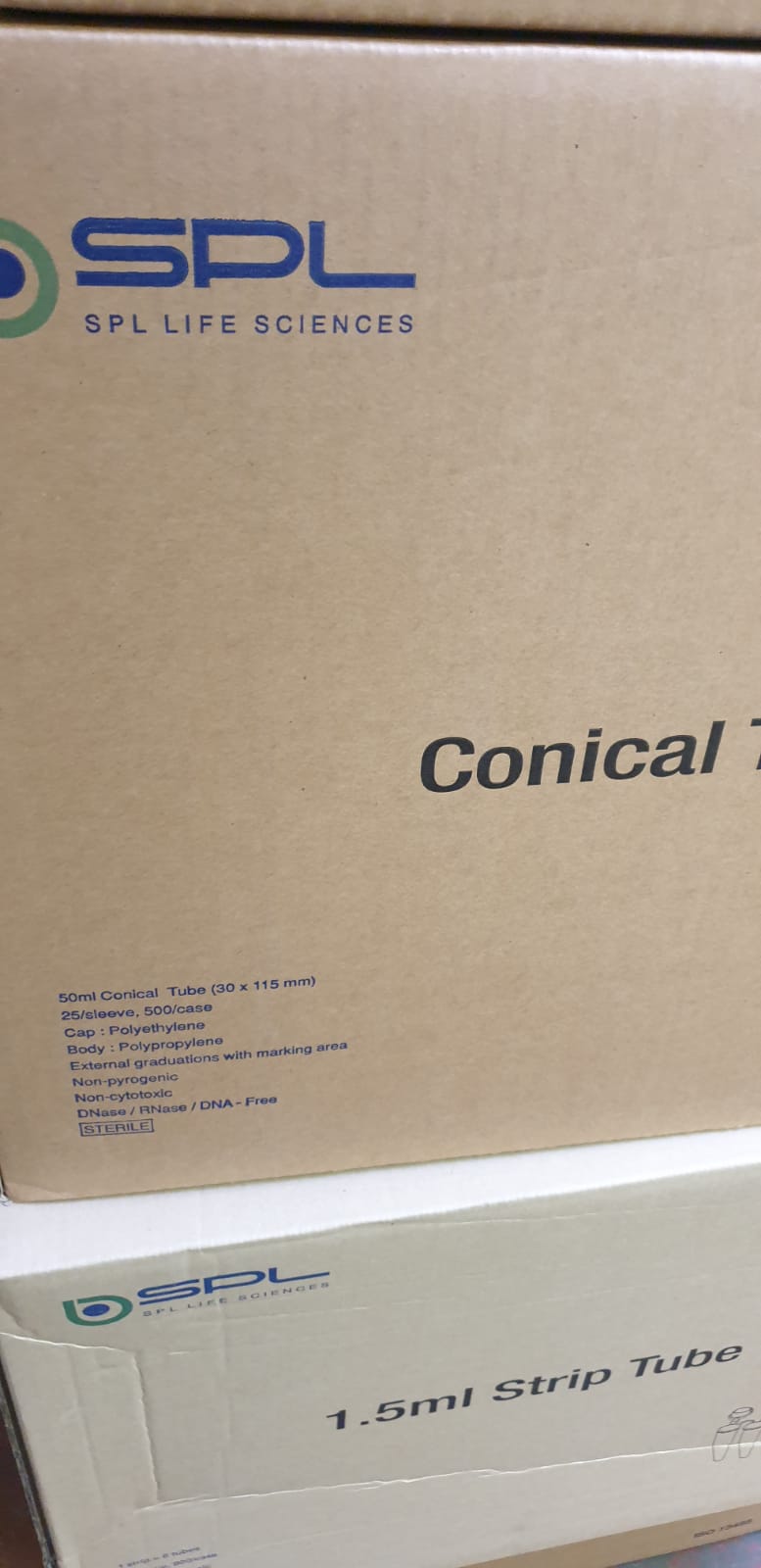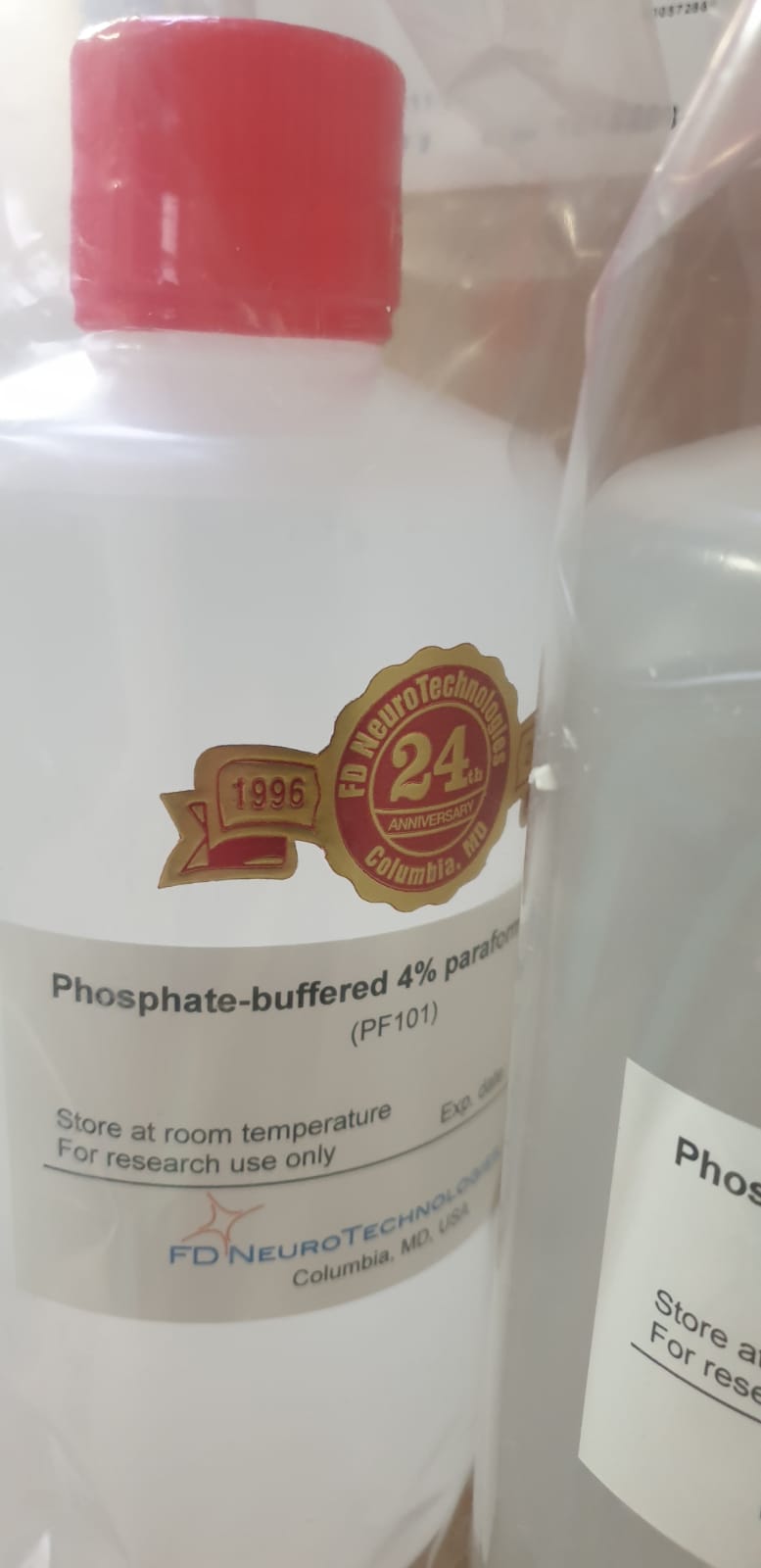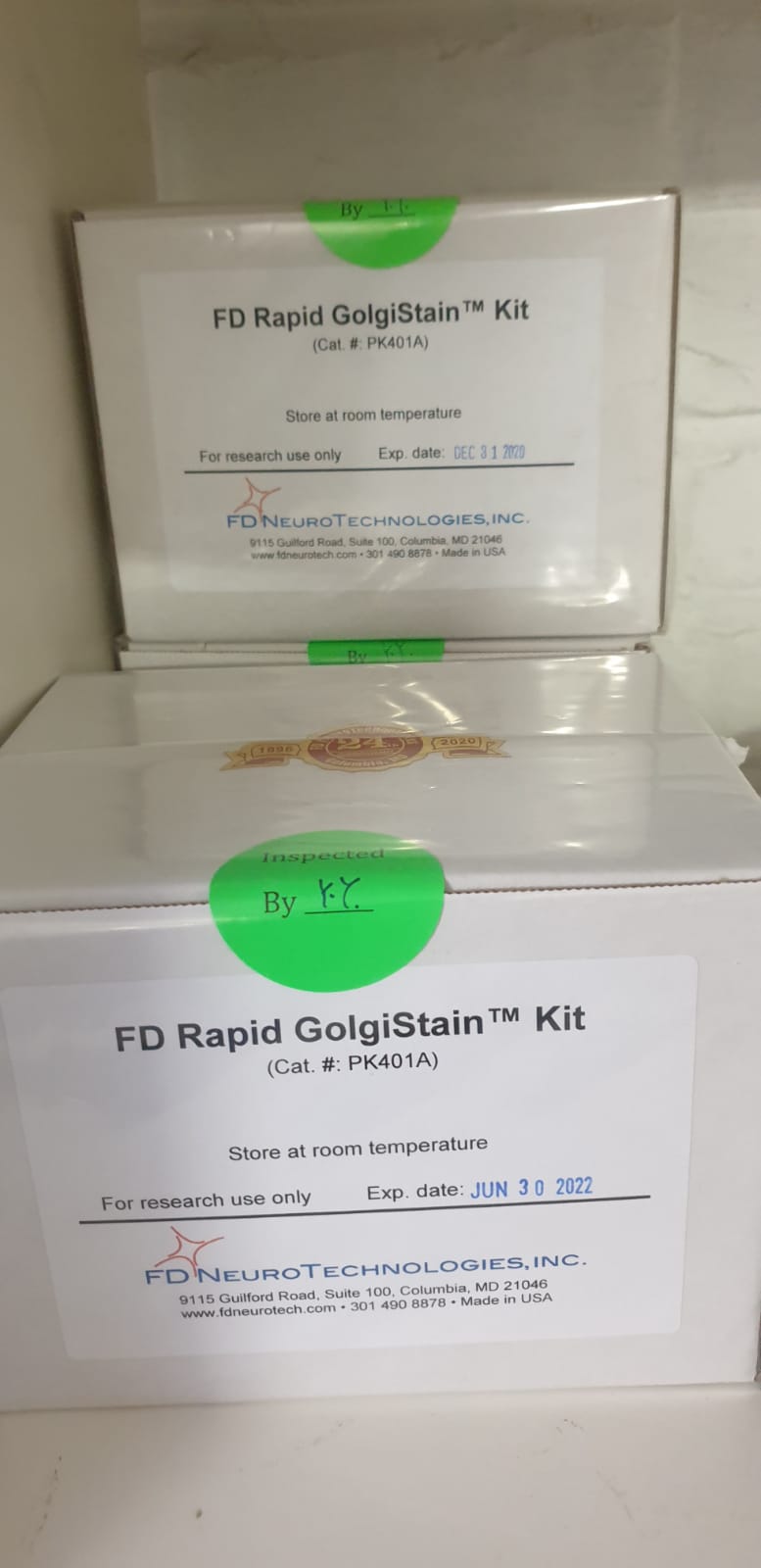To discover a easy and easy-to-learn process for the isolation of human quiescent hepatic stellate cells (HSCs) that requires no superior coaching.
Thus decreasing prices and growing effectivity. This protocol will present adequate major cells with minimal contaminants for future primary analysis on ailments related to human HSCs.
Normal liver tissues have been isolated from sufferers present process hepatic hemangioma resection, and a single cell suspension of these tissues was ready utilizing the Gentle MACS tissue processor. By utilizing this technique, the problem of the process was diminished, fewer cells have been misplaced through the preparation therapies, and the maximal exercise of single cells was maintained.
Following preparation of the cell suspension, the HSCs have been additional isolated utilizing a Nycodenz density gradient. Cell viability was examined by trypan blue staining, and the purity of the quiescent human HSCs was decided by autofluorescence and oil crimson O staining.
Activated and quiescent human HSCs have been recognized utilizing immunofluorescence and Western blotting. The cell cycle distribution in activated and quiescent human HSCs was analyzed by circulate cytometry.The restoration price of the HSCs was roughly (2.1 ± 0.23) × 106 of tissue, with 94.43 ± 1.89% cell viability and 93.8 ± 1.52% purity. The technique used on this examine is a easy, high-yield, and repeatable technique for HSC isolation that’s worthy of suggestion.
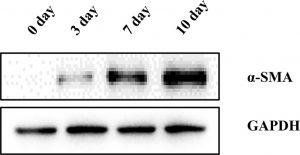
Sperm sexing with density gradient centrifugation in canine.
Sexed sperm in canine is of curiosity as a result of of being polytocous, and as a outcome, the best quantity of offspring of the identical intercourse can enhance the market, though few research assessing sperm sexing have been carried out on this species.
The current examine, due to this fact, was carried out to consider the results on sperm high quality and the effectiveness of three discontinuous density gradients to separate canine sperm containing X and Y chromosomes. Thirty ejaculates from ten grownup canine have been collected by digital manipulation of the penis. Cells have been separated utilizing gradients of Percoll® and Percoll® related to Nycodenz® or Ficoll.
The cells have been evaluated for motility by the CASA system (Computer-Aided Semen Analyzer) and for focus and recovered sperm focus (after centrifugation), sperm morphology, plasma and acrosomal membrane integrity, and mitochondrial operate pre- and post-centrifugation.
The share of sperm containing X and Y chromosomes was additionally evaluated pre- and post-centrifugation by quantitative real-time PCR (qPCR).
The use of the Ficoll gradient resulted within the best sperm high quality after centrifugation; nevertheless, no sperm enhancement containing X or Y chromosome occurred with use of any of the strategies (Percoll® 54.8 ± 1.9 in contrast with 45.2 ± 1.9; Percoll® related to Nycodenz® 53.2 ± 2.Zero in contrast with 46.8 ± 2.0; and Percoll® related to Ficoll 55.0 ± 1.5 in contrast with 45.0 ± 1.5 for the chances of cells containing the X and Y chromosomes, respectively). Thus, it was concluded that the technique of sexing canine sperm utilizing density gradients was not efficient for industrial utility.
